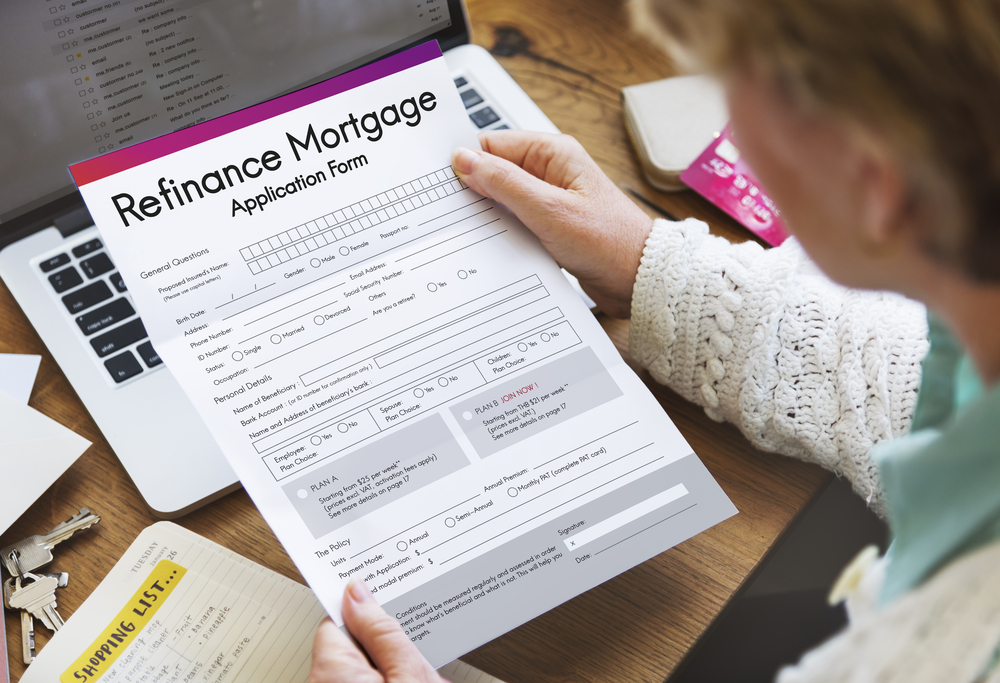Seven tips for choosing a dental insurance plan
Shopping around for a dental plan? If you're like most people, you don't spend a lot of time thinking about how to choose dental insurance. But that's ok, we're here to help. Start your search by clicking below.

How dental insurance plans work
Health insurance is designed to primarily protect you from big healthcare bills – which you can face from even a simple emergency room visit. Most dental care is primarily preventive, however, so dental insurance focuses on helping you cover the lower-cost preventive and basic treatments that are most commonly needed.
The 100/70/50 formula
The typical plan covers preventive care – checkups and cleanings – at 100% (so you usually don’t even pay a deductible); basic procedures – like fillings and extractions – at 70%; and major procedures like crowns, bridges, and root canals at 50%. There are variations on this formula, and some procedures may be considered “basic” in one plan and “major” in another.
Deductibles and caps
Like a health plan, dental plans typically have a deductible – an amount you have to pay out of pocket each year before the plan starts to cover their portion of costs. It’s usually around $50 for an individual, and $150 for a family. Finally, most plans cap the total amount they will pay for care at $1,000-$2,000 per plan member per year. Any dental expenses over your plan’s cap (or maximum) will be your responsibility.
Tip #1: If possible, get dental insurance at work
If you can get dental coverage at work, you’ll probably get a better deal than you could on your own. That’s because employers get lower “group rates” – it’s like buying in bulk. Smart employers also know that good oral health helps keep employees more productive and happier. Your plan may be partly subsidized, making it an even better deal. And by paying for the insurance with payroll deductions, it can be more convenient. What if you can’t get a plan at work? You should be able to find affordable options on your state’s insurance marketplace; or you can buy directly from a reputable insurance company.
Tip #2: Check out your ACA-compliant family healthcare coverage
If you have ACA-compliant family healthcare coverage, pediatric dental care is already included. ACA pediatric coverage caps total out-of-pocket costs with no cap for total benefits – unlike adult plans that cap total benefits paid. A separate dental plan may provide some additional benefits, such as if your children need braces – a plan that covers orthodontics could well be worth it (see Tip #3).
Tip #3: Think about how much dental care you and your family need
Insurance companies will offer different plan levels but don’t assume that the lowest cost plan is the best value. Look at what is covered, like fluoride treatments, orthodontists, implants, etc.
If you think you might need a crown or root canal, a higher-level plan is certainly worth considering. And if you have children who need orthodontic work (i.e., braces), that could well be the plan that costs the least in the long run.
Tip #4: Look for a large dental network
It can be hard to evaluate one plan versus another based on things like reimbursement levels, especially when you don’t know what kind of treatment you’ll need in the future. But the most common types of plans – called Dental PPOs (DPPOs) – have a provider network that’s easier to evaluate: The larger the network, the better. For example, the Guardian DPPO network has more than 120,000 dentists in over 430,000 locations. That means there’s a better chance your dentist is in-network. If that’s important to you, then make sure to check with your dentist to see which plans they take before purchasing coverage.
Tip #5: Find out about network discounts
A DPPO plan may let you see any dentist, but it’s almost always worth your while to see an in-network dentist, because the insurance company negotiates discounted fees on your behalf. For example, if your dentist typically charges $100 for a filling, when they’re in-network you may only be charged $60-$70 – even if you haven’t met your deductible yet. Guardian’s DPPO discounts average 37.2% – which is higher than the industry average– and can save you more money.1
Tip #6: Find out about waiting periods for major procedures
Dental plans have “waiting periods” – a period of time that they won’t pay for certain procedures. But some plans have shorter waiting periods than others), so if you think you’ll need work soon it pays to shop around a bit and investigate which procedures have a waiting period.
Tip #7: Don’t have a favorite dentist? Consider a DHMO/Managed Dental Care Plan
You may have heard about Dental HMOs, or DHMOs. Unlike most DPPOs, with a DHMO you have to see an in-network dentist. Because their networks are limited, you may not get to see your current dentist, and you could have to travel a bit farther to find a dentist. The upside? Lower premiums, and a simpler fee structure.
What dental insurance costs – and where to get a quote
Depending on your age, plan level, and where you live, expect to pay from $300 to $600 per year for an individual DPPO plan, and 2x-3x that for a family plan. A DHMO will cost less, and a group rate plan purchased through work or an association will likely also cost less.
If you can’t get coverage at work – or you missed the enrollment period – you can try your state health insurance exchange, where you might also qualify for a subsidy to lower your premium, depending on your income. Otherwise many insurance companies let you purchase directly from their website.
Frequently asked questions about choosing dental coverage
Is dental insurance worth the expense?
Even if you never go to the dentist, dental insurance, like many other kinds of insurance, can help reduce your financial burden if you’re hit with the cost of a major treatment like a bridge or root canal. Another benefit to having dental insurance is that it makes basic and preventive treatments like cleanings and fillings much more affordable. That encourages people to treat problems earlier on – and can help them save money afterward. For example, an untreated cavity that has an average cost of $1702 can skyrocket up to $900 if you need a root canal.3
What can I do to avoid the need for expensive dental treatment?
Take preventive measures at home. Make sure to brush twice a day for two to three minutes, floss regularly, and use mouthwash. Most importantly, if you feel symptoms of a dental issue get proper care quickly before it turns into a more serious – and expensive – problem.
What are my care options if I don’t have dental insurance?
Just because you don’t have dental insurance doesn’t mean that you don’t have options. When a dental emergency strikes, try:
- Dental schools: Dental schools provide quality work by students at little to no cost under the supervision of licensed dentists. A clinic in your area may partner with one of these schools to provide affordable care to the uninsured.
- Free or governmental clinics: Do an online search to see what free or governmental clinics are near you. Many dentists and dental professionals volunteer their services at no cost to those in need.
- Payment plans: Many dentists offer payment plans to provide an affordable method for obtaining dental care, or to help supplement existing dental plans. Often these plans do not include interest. Ask your dentist what options they have available.
- Charity or community events: Many cities hold healthcare events to provide affordable dental care. Look out for such events in your community.
1 https://www.guardianlife.com/dental-insurance/choosing-dental-insurance-plan February 2021
2 https://www.nerdwallet.com/blog/health/medical-costs/how-much-does-a-filling-cost/ January 2020
3 https://www.nerdwallet.com/blog/health/how-much-does-a-root-canal-cost/ January 2020








